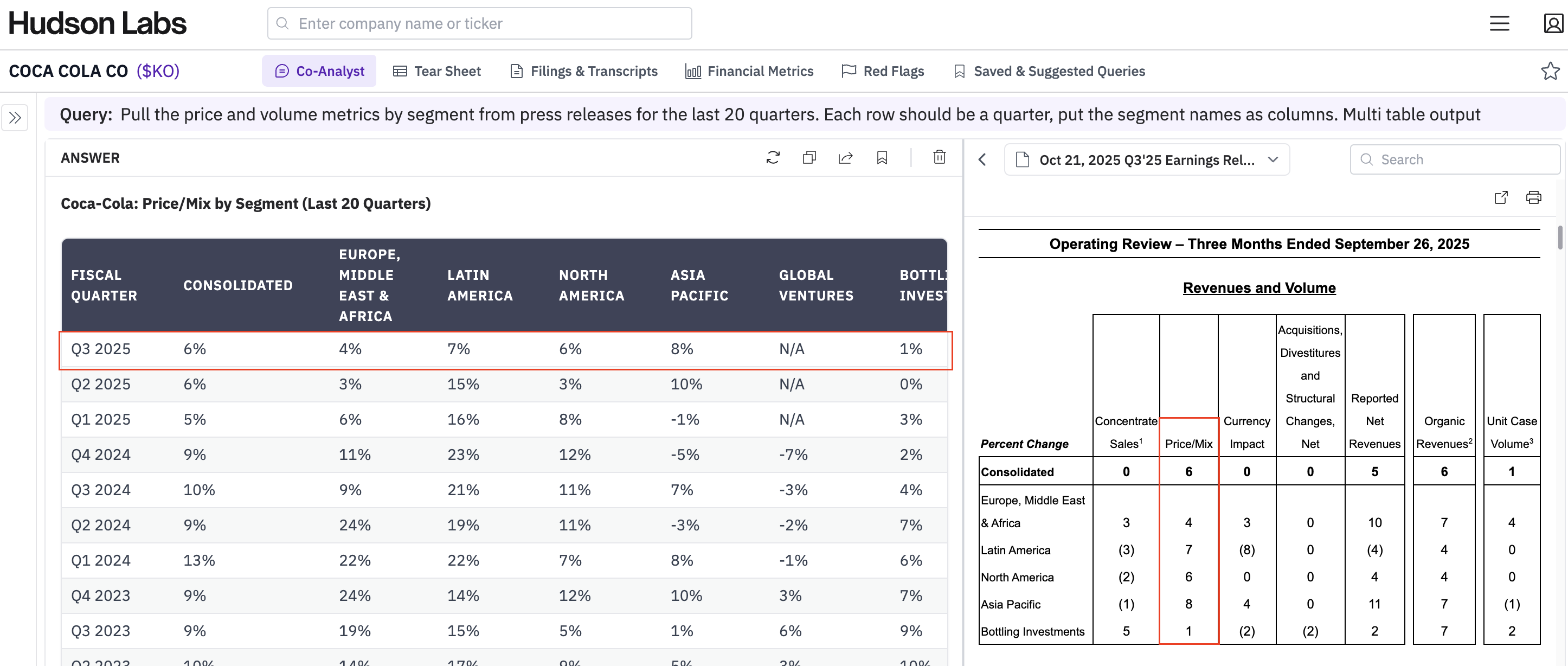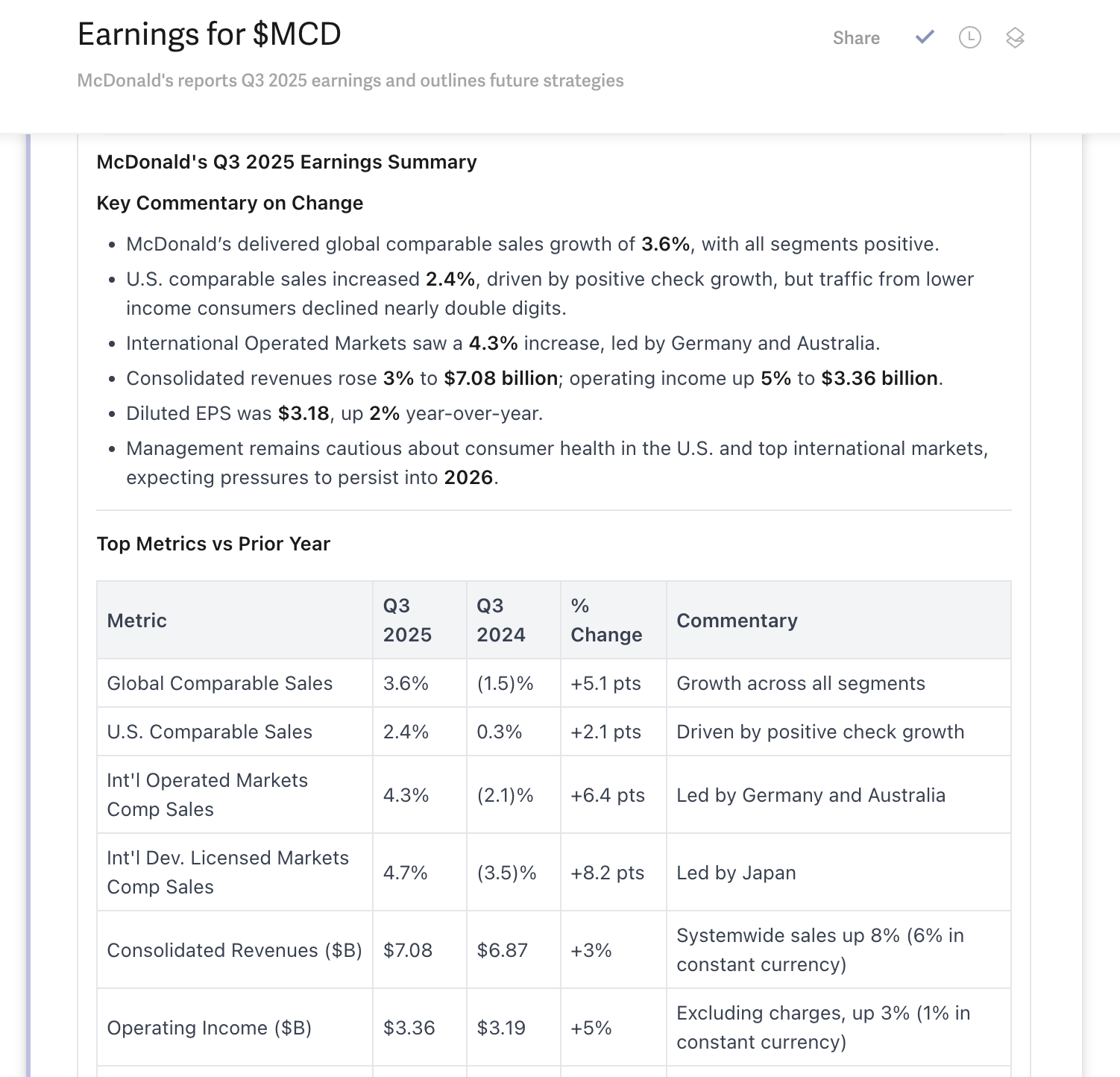$SEAS, $ATAI, $SMFR, $CXM
Filings from the week of June 14 - June 20.
Sprinklr Inc ($CXM) reported misstatements and internal control issues related to revenue recognition accounting. The company also engaged in earnings management with a new accounting policy. Internal control issues led to CFO resignations at SEAS, ATAI, and SMFR.
Top Red Flags
SEAWORLD ENTERTAINMENT INC ($SEAS) | 8-K | $3.2B - Seaworld’s CFO, Elizabeth Castro Gulacsy, stepped down effective June 16, 2022. She had been part of Seaworld’s finance department since 2013. The company has been dealing with high c-suite turnover throughout 2022. SEAS’s Chief HR Officer Sharon P. Nadeau stepped down effective May 1, 2022. The company’s Chief Accounting Officer Chris Yarris resigned back in March 2022. SEAS has also dealt with internal control issues. The company disclosed it had ineffective controls in its most recent Form 10-K and 10-Q. SEAS was subject to settled SEC litigation back in 2018.
ATAI LIFE SCIENCES NV ($ATAI) | 8-K | $540M - ATAI reported the resignation of its CFO, Greg Weaver on June 15, 2022. Greg Weaver had been the CFO of ATAI since it went public in 2020. The company reported ineffective controls in its last 10-Q filing. In fact, it has never reported effective controls in its SEC filings.
SEMA4 HOLDINGS CORP ($SMFR) | 8-K | $596M - SMFR announced that its CFO, Isaac Ro, has stepped down “to pursue other career opportunities.” The company reported ineffective controls in its most recent 10-Q and 10-K filings, stating that it failed to design and maintain accounting policies, processes, and controls related to revenue arrangements in accordance with ASC 606.
SPRINKLR INC ($CXM)
10-Q | Market Cap: $2.6B
Sprinklr Inc ($CXM), a cloud enterprise software company, reported ineffective controls related to its implementation of revenue recognition accounting. The company identified material weaknesses in its ability to appropriately capitalize certain costs in obtaining customers. [1]
In both its recent 10-Q and 10-K, CXM disclosed that it had identified misstatements in its financial statements relating to inappropriate capitalization of certain costs, including, R&D and sales and marketing costs. The company had mistakenly identified these costs as customer acquisition costs. [2]
Despite reporting accounting misstatements and control issues relating to capitalization of customer acquisition costs, CXM decided to favourably change its accounting policy for these costs. Originally, the company would capitalize certain costs in obtaining customers and amortize these costs over three years. Now, the company will amortize these costs over FIVE years. [3]
This change in accounting policy will decrease CXM's annual expenses related to these costs, which benefits the company’s bottom line.
Perhaps CXM decided to make this accounting change because of its declining earnings performance. The company’s annual net loss has trended for the worse over its last three fiscal years. [4] Also, CXM’s quarter ended April 30, 2022 net loss was close to double the amount of its quarter ended April 30, 2021 net loss. [5]
Even if you excluded the company’s litigation settlement expense of $12 million paid in February 2022, the company would still show declining earnings performance. The Company paid a settlement to Opal Labs Inc., who accused CXM of a breach of contract and violation of Oregon’s Uniform Trade Secrets Acts. [6]
- “Based on such evaluation, our CEO and CFO concluded that our disclosure controls and procedures were not effective at a reasonable assurance level as of April 30, 2022 as a result of a material weakness that existed in our internal control over financial reporting as described below.
In the fourth quarter of fiscal year 2022, the Company identified immaterial corrections to prior periods related to capitalized costs to obtain customer contracts in connection with the adoption of ASC 606, Revenue from Contracts with Customers (“ASC 606”), and the ongoing monitoring of costs to obtain customer contracts considered for capitalization. The Company has evaluated the effects of these corrections on the previously issued condensed consolidated financial statements, individually and in aggregate, in accordance with the guidance in ASC Topic 250, Accounting Changes and Error Corrections, ASC Topic 250-10-S99-1, Assessing Materiality, and ASC Topic 250-10-S99-2, Considering the Effects of Prior Year Misstatements when Quantifying Misstatements in Current Year Financial Statements.” - “In the fourth quarter of fiscal year 2022, the Company identified immaterial corrections to prior periods related to capitalized costs to obtain customer contracts in connection with the adoption of ASC 606, Revenue from Contracts with Customers (“ASC 606”), and the ongoing monitoring of costs to obtain customer contracts considered for capitalization. The Company has evaluated the effects of these corrections on the previously issued condensed consolidated financial statements, individually and in aggregate, in accordance with the guidance in ASC Topic 250, Accounting Changes and Error Corrections, ASC Topic 250-10-S99-1, Assessing Materiality, and ASC Topic 250-10-S99-2, Considering the Effects of Prior Year Misstatements when Quantifying Misstatements in Current Year Financial Statements. Although the Company has concluded such corrections to be immaterial to its previously issued financial statements, the cumulative effect would be material if corrected in the fourth quarter of fiscal year 2022. Accordingly, the Company has revised the condensed consolidated financial statements for the prior periods presented herein.”
- “Sales commissions and related expenses are considered incremental and recoverable costs of acquiring customer contracts. These costs are capitalized and amortized on a straight-line basis over the anticipated period of benefit. The Company determines the period of benefit by taking into consideration the length of its customer contracts, customer relationship period, technology lifecycle, and other factors. The Company has historically estimated such period of benefit to be three years. During the first quarter of fiscal 2023, the Company updated the period of benefit, noting that recent customer relationship periods extended to an average period of five years. Accordingly, the Company noted a change in estimate of the amortization period of these costs and will prospectively amortize over a period of benefit of five years.”
- Per CXM’s Consolidated Statements of Operations from its Form 10-K filed April 11, 2022: Net loss for the year ended January 31, 2020 was approximately $40 million. Net loss increased to approximately $111 million for the year ended January 31, 2022.
- Per CXM’s Consolidated Statements of Operations from its Form 10-Q filed June 14, 2022: Net loss for the quarter ended April 30, 2021 was approximately $15 million. Net loss increased to approximately $25 million for the quarter ended April 30, 2022.
- “On February 25, 2022, the Company and Opal Labs Inc. (“Opal”) agreed to settle all outstanding claims with respect to Opal's complaints alleging breach of contract and violation of Oregon's Uniform Trade Secrets Acts, among other claims.”








